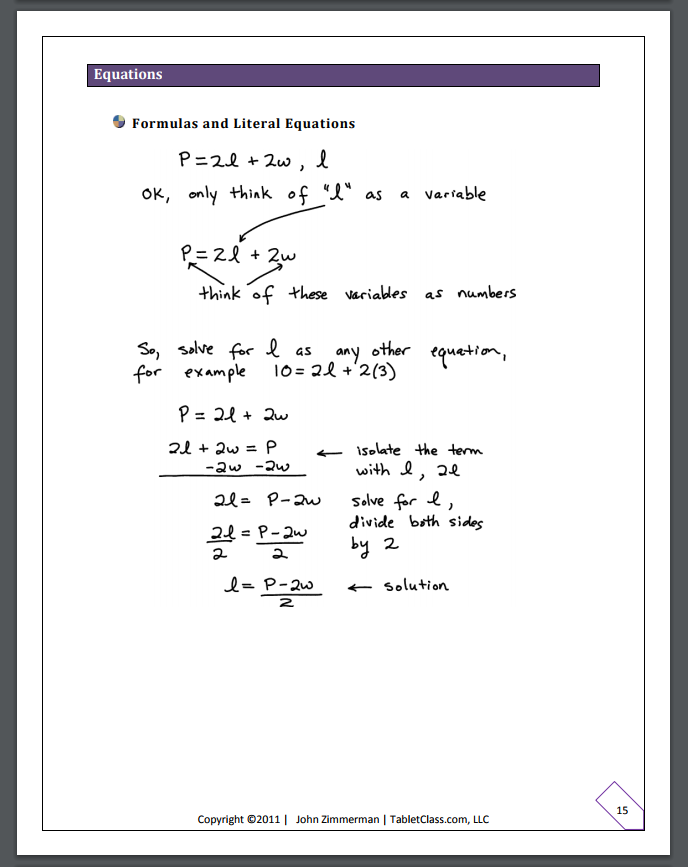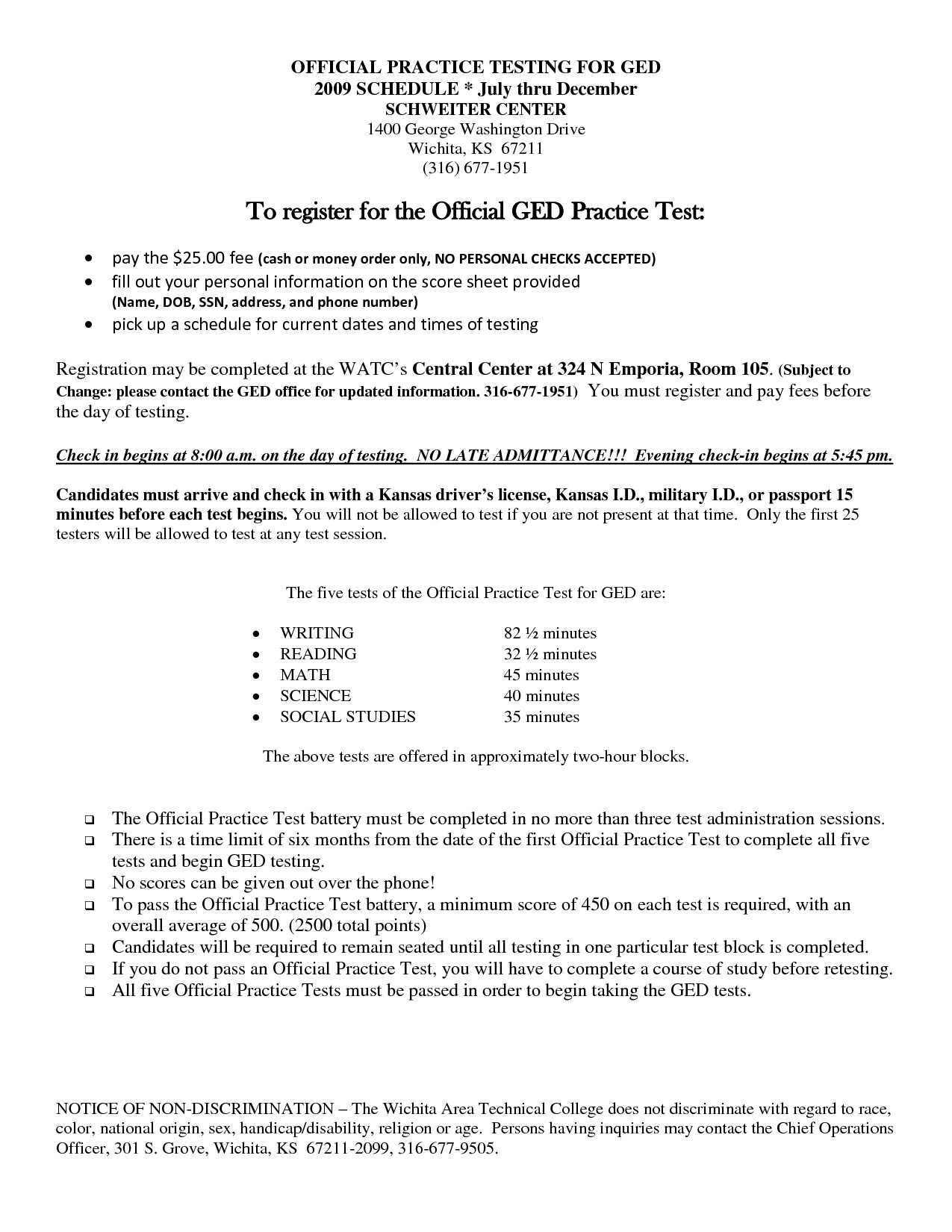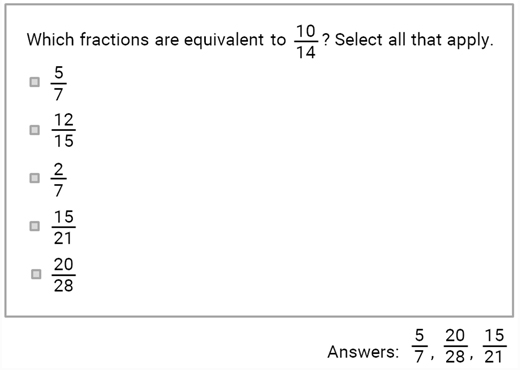
Part one of the math test is given first, and it must be completed before you can move on to Part two. You have the opportunity to flag questions that you want to return to, move back and forth between questions in each section, and change your answers. You can bring a calculator for part two of the math test, make sure it meets the specifications given to you. When it is time for you to take your exam, follow the directions provided, and ensure you have the required identification. The design of the test is developed to allow individuals from a wide variety of backgrounds the chance to apply their knowledge gained through life experience. Using graphs, tables, equations, diagrams, and charts, 20 to 30% of the questions examine your ability to locate points, identify linear and nonlinear relationships, determine proportional relationships, and identify the slope and equation of a line from two points.Įach question on the exam uses context from family life, consumer interactions, work environments, technology, and daily life-scenarios. Twenty to 30 percent of questions asked on the math exam covers your understanding of addition, subtraction, multiplication, linear expressions, algebraic expressions, functions, and patterns. Measurement, volume, the Pythagorean Theorem, surface area, and graphical data make up 20 to 30% of the total questions on the math exam. Number operations (fractions, decimals, and whole numbers) and number sense questions make up 20 to 30% of the questions on the math exam. There are four content areas on the math test: Fifty-five percent of the exam assesses your algebraic problem-solving skills. A math formula sheet is provided.įorty-five percent of the exam tests your quantitative problem-solving skills using number operations and geometric thinking. An on-screen calculator is provided for part two, or you may bring a TI-30XS calculator. The total time allowed for the Mathematical Reasoning exam is 115 minutes, including the break. You have a three-minute break during the transition from part one to part two.


The exam is divided into two parts: part one consists of five questions and part two consists of 41 questions. Each question has four possible answers with only one correct response. The exam is delivered by computer and consists of a combination of question formats including multiple-choice, drag-and-drop, hot spot, drop-down, and fill-in-the-blank. Other knowledge tested on the math exam include ratios, rational numbers, percent, proportions, expressions, linear inequalities, and functions. Prompts may require your understanding of graphs, charts, diagrams, and tables to apply mathematical concepts and solve real-world situations. The exam assesses your problem-solving, reasoning, and analytical skills. The purpose of the math test is to assess your ability to evaluate mathematical concepts and apply those concepts to presented scenarios. Proven GED test flashcards raise your score on the GED test. The website lists the available testing dates and locations of the exam. You can register through your GED account 24 hours a day, seven days a week. The fee can fluctuate based on your income, and some states have programs that provide financial assistance for the GED. Each test of the GED has a charge which varies by state, generally no higher than $45.00 per exam. Information on your state requirements can be found on the website as well as the cost of the exam. To register for any test of the GED, you first need an account on the GED website.


How do I register for the GED Mathematical Reasoning exam? You can take all four exams in one appointment, or you can take the exams individually. Contact the GED Program Administrator in your state for specific requirements. Some states require that you have been out of high school for at least 60 consecutive days, while some states may require proof of completion of a GED preparation course. To take the exam, you need to be at least 16 years old and not enrolled in high school. There are specific eligibility requirements for GED candidates that are determined by each state. Prepare with our GED Study Guide and Practice Questions.


 0 kommentar(er)
0 kommentar(er)
